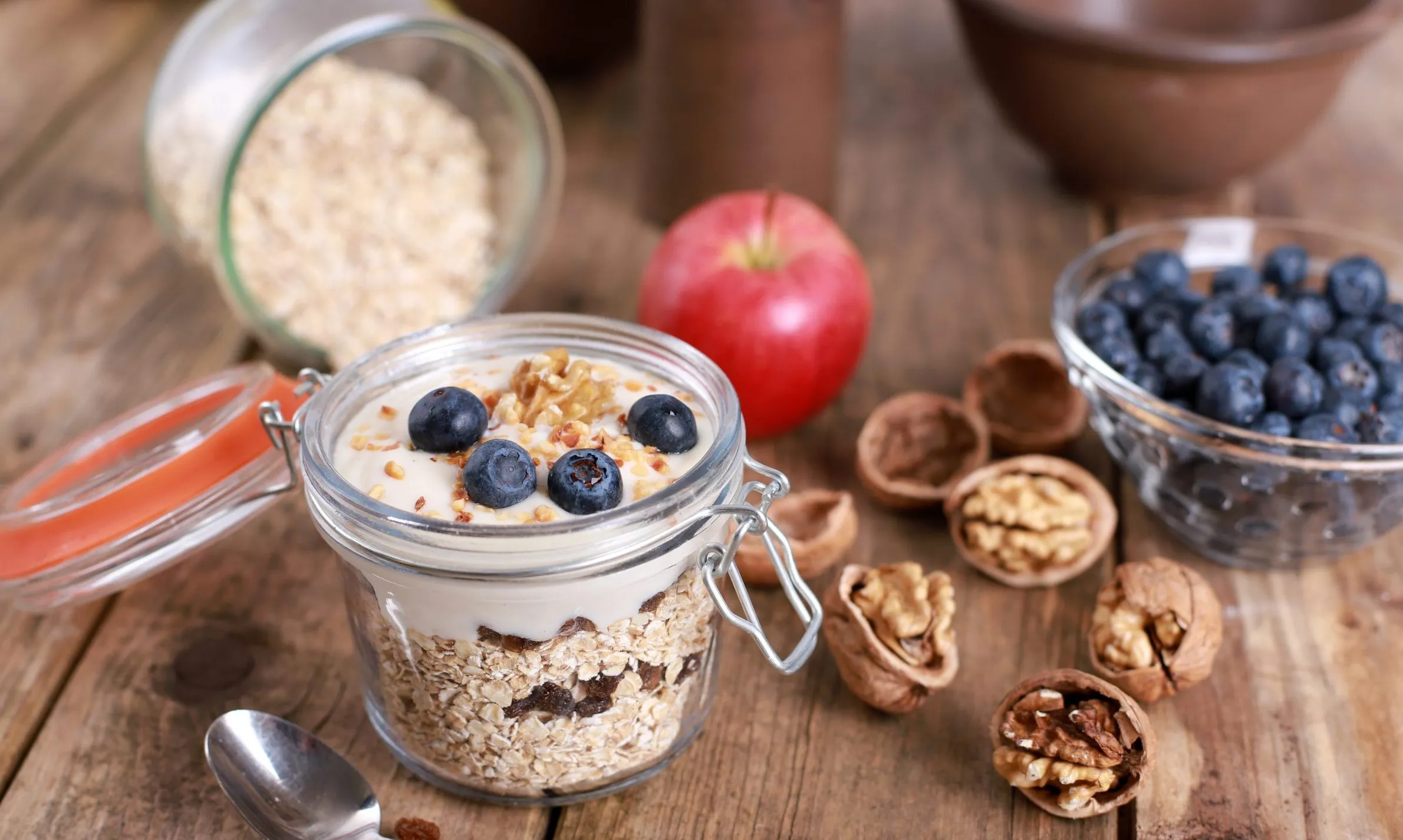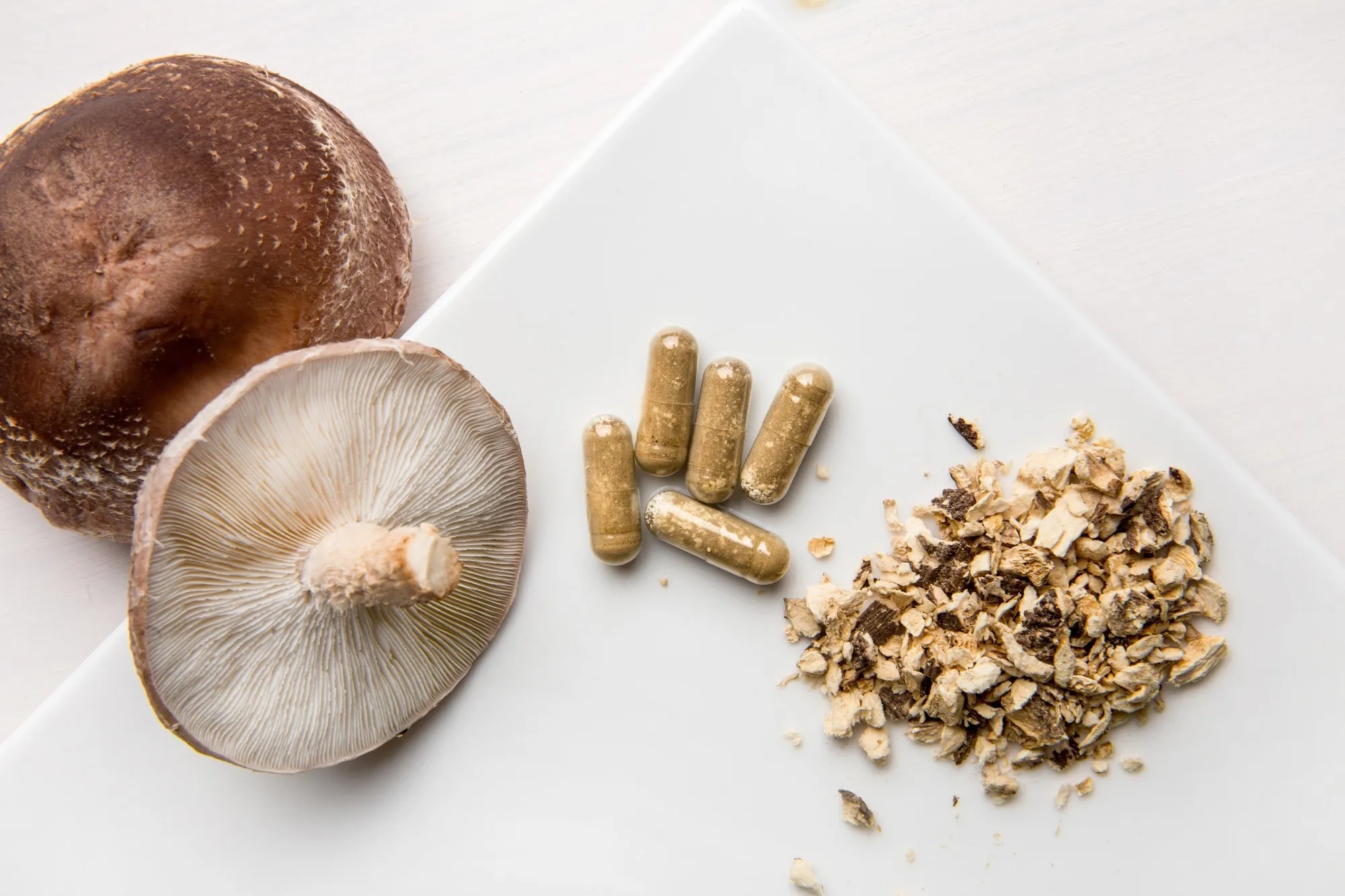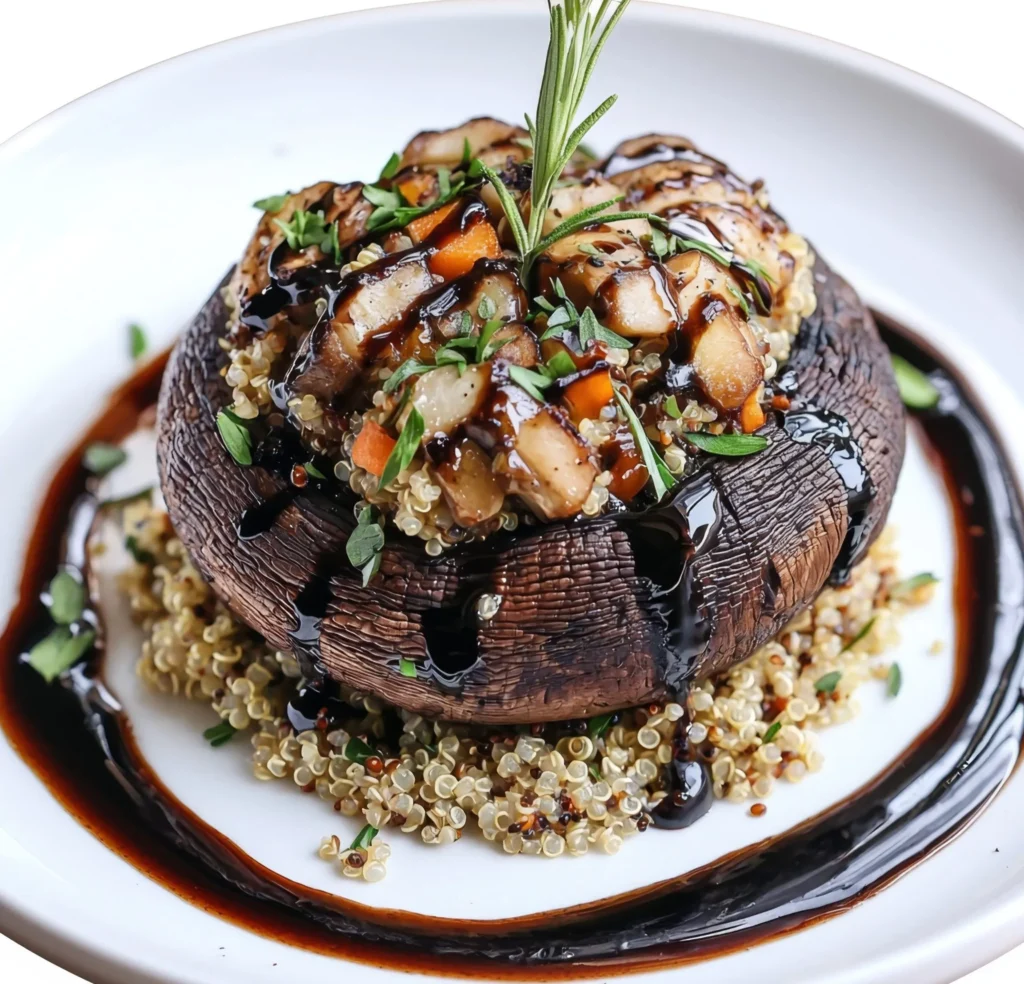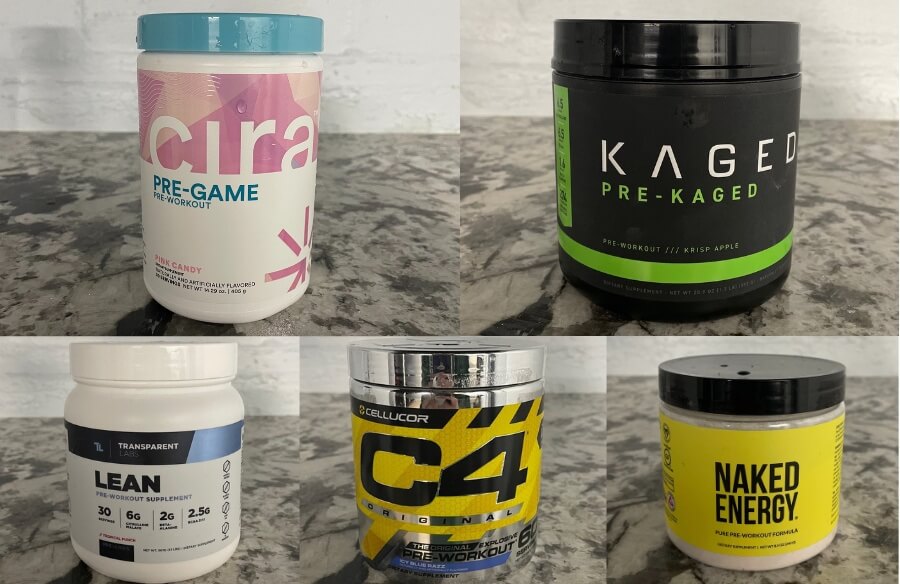What foods contain rapamycin? Rapamycin is a compound that was first discovered from soil samples of Easter Island (Rapa Nui), and it is one of the primary focuses of anti-ageing research because it inhibits mtor (mechanistic target of rapamycin), a key pathway in cell growth and ageing.

Pharmaceutical rapamycin uses include immunosuppression as a medical treatment; however, an increasing body of research is looking for natural dietary sources of rapamycin, related compounds that are bioactive, and compounds that can achieve similar gains.
This detailed guide will look at foods potentially containing rapamycin or rapamycin-like agents, the potential benefits associated with these foods, and how they help provide lives of healthy life spans and longevity to prevent disease.
What Foods Contain Rapamycin?
Rapamycin is not naturally occurring in foods since it is a compound from a specific bacterium that has been created by researchers in the lab for medical purposes.
It does not occur anywhere as a natural substance in foods. Nevertheless, there are researchers who have studied the possible application for this compound in food processors and agriculture to enhance crop yield, plant growth, and disease resistance by direct application to plants or by genetically modified crops responsible for producing Romycin-like compounds.
A Better Insight into Rapamycin and Health
Rapamycin targets mtor (mechanistic target of rapamycin), the major cellular regulator of metabolism, growth, ageing, and energy. Rapamycin has been studied for its ability to inhibit mtor and promote gains in survival in a variety of lower organisms.
Improve the performance of the immune response; and potentially prevent ageing diseases, including cancer and neurodegeneration and cardiovascular diseases.
Rapamycin is only prescribed pure form and is not available in any natural form. However, foods provide natural compounds that may exhibit similar mtor-inhibitory effects.
If you can successfully identify foods with potential effects similar to rapamycin, it is possible to leverage some of the effects of rapamycin while being dietary versus requiring medical intervention.
The Original Natural Source: Soil Bacteria and Fermented Foods

Rapamycin was originally produced by the bacterium Streptomyces hygroscopicus found in soil. Soil is not something humans eat, but some fermented foods may have some of the rapamycin or a related bacterial byproduct from being produced by bacteria during the fermentation process.
Natto (fermented soybeans), tempeh, and some aged cheeses may have minimal amounts of mtor-inhibiting compounds related to bacterial fermentation.
However, it has yet to be revealed through science that these food items have anything reasonably close to levels of rapamycin.
Foods That Have Motor-Inhibiting Effects
There is no direct rapamycin-rich food, but there are some natural compounds that can mimic rapamycin effects by modulating the mtor pathway. These foods include:
Resveratrol-rich foods (Red Grapes, Berries, and Dark Chocolate)
Resveratrol, found in red wine, grapes, and dark chocolate, regulates mtor signalling similarly but utilises different mechanisms. If you start eating these foods regularly, there might be some anti-ageing effects for you.
1. Green tea and matcha (EGCG): Epigallocatechin gallate (EGCG), a powerful antioxidant found abundantly in green tea, has been shown to suppress mtor. Studies suggest it may assist with cellular aging & inflammation.
2. Turmeric (curcumin): Curcumin, the primary active substance in turmeric, has been found to inhibit activity of mTOR which may be one of the mechanisms contributing to its anti-cancer and neuroprotective effects.
3. Cruciferous vegetables (sulforaphane): Cruciferous vegetables such as broccoli, cauliflower, Brussels sprouts, and kale contain a compound called sulforaphane. Sulforaphane may not regulate mtor directly but may indirectly regulate it through cellular detoxification pathways.
4. Berries (elagic acid and fisetin): Blueberries, strawberries, and raspberries contain many bioactive compounds that impact on longevity pathways such as mtor.
Mushrooms: Potential Sources of Rapamycin-Like Compounds

Some mushrooms (especially those that thrive in nutrient-rich soils) likely have bacteria that can produce rapamycin-like molecules.
White button mushrooms and shiitake mushrooms have been studied in relation to their anti-mTOR functionality, but not much is known at this point about their rapamycin content.
The Effect of Diet on Longevity and Mtor
There have been no known foods that have rapamycin in pharmacologically relevant amounts, but a healthy diet with many foods that are rich in mTOR inhibiting compounds – polyphenols, flavonoids, and some probiotics – can lead to healthy aging.
An example of a diet that would be supportive of healthy aging is the Mediterranean diet, which consists of foods that are high in mTOR inhibitors, and has also been linked with longevity.
Conclusion
We do not have any persuasive evidence at this time that any food supplies contain meaningful levels of rapamycin. Some diets contain naturally occurring mtor inhibitors like resveratrol, EGCG, and sulforaphane that may confer many of the same benefits.
If you are looking for the anti-ageing effects of rapamycin, the best and most scientifically valid route at this time is still as a pharmaceutical (after medical advice), although I am sure that dietary strategies will be beneficial for longevity overall, even though rapamycin is typically not available in food.







